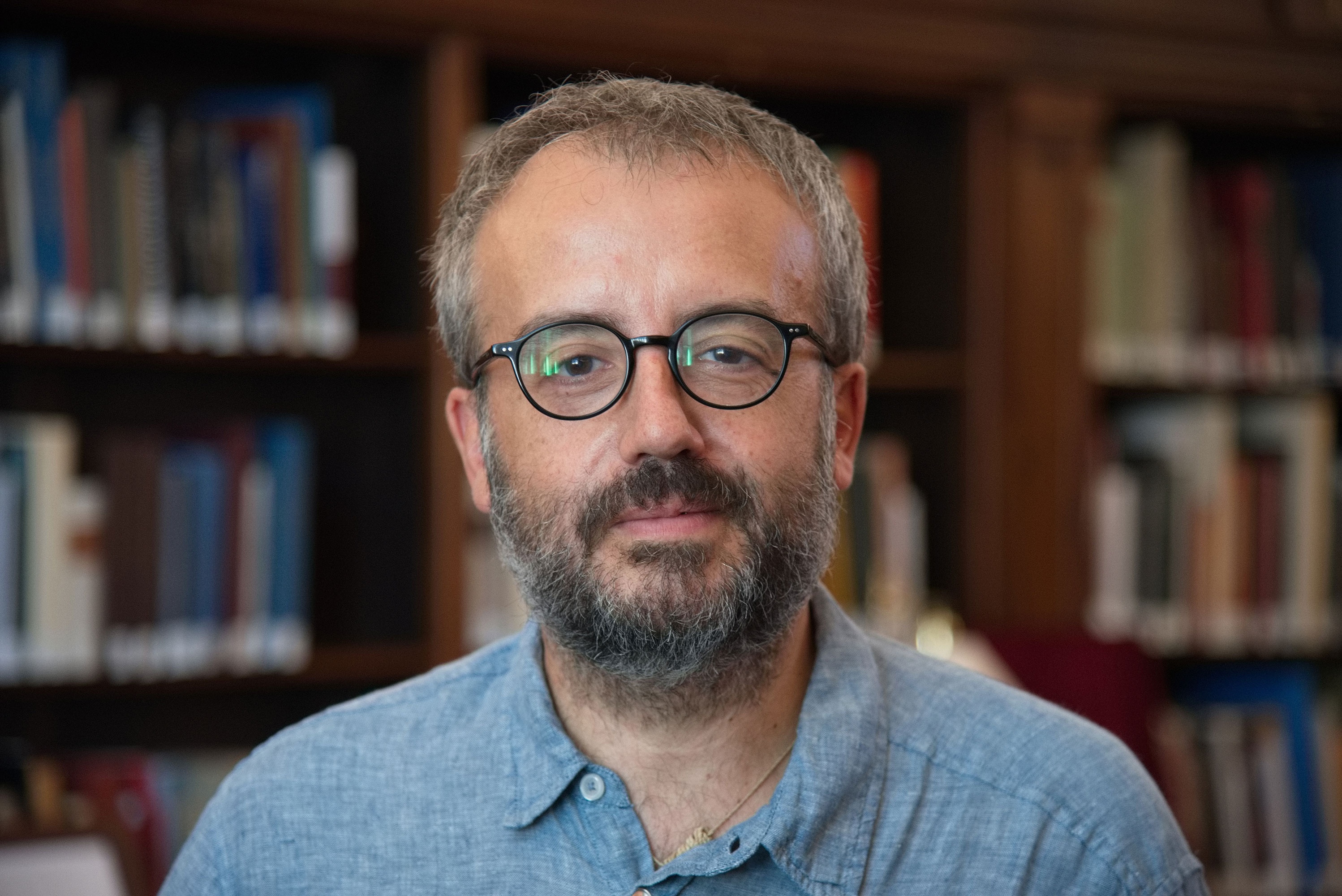Guillermo Wilde
Indigenous Map-making and the Jesuit`s Italian Culture (17th and 18th centuries)
2023-2024 (September - December)

Biography
Guillermo Wilde is Principal Investigator at the Argentinian National Council for Scientific Research and Professor of Anthropology and History at Universidad Nacional de San Martin. He is the author of numerous scholarly works on Colonial art and music, ethnohistory and religious conversion in the Iberian-American frontiers, including Religión y Poder en las Misiones Guaraníes, which obtained the “Premio Iberoamericano” Book Award from the Latin American Studies Association. Former Alexander von Humboldt Foundation and the Wenner Gren Foundation for Anthropological Research, he has been visiting Professor at Sorbonne Université, Japan National Museum of Ethnology, Waseda University, and the European University Institute.
Project Summary
The purpose of this project is to investigate the interactions between Jesuit´s Italian culture and indigenous traditions in cartographic production of Colonial Latin America. Map-making was an important activity in Jesuit missionary spaces during the seventeenth and eighteenth centuries. Arriving in Latin America from different parts of Europe, Jesuits brought cartographic technology and taught it to the indigenous populations. Map making gradually became a collaborative task intended both to represent space for legal purposes at the local level and the propaganda of missionary activity at the global scale. Moreover, maps began to act as essential devices of memory along with other supports of spatial and temporal representation, such as written culture, plans, archives, and certain forms of ritual (theater in particular). After the Jesuit´s expulsion in 1767, hundreds of Jesuits missionaries arrived in the Papal States from all the dominions of the Hispanic monarchy. With the express prohibition to develop religious activities, several of them turned to “scientific” activities, including cartography. We know very little about the influence of this period in the forging of Jesuits´ cartographic traditions, the indigenous participation in map-making, and their confluences over the long term. Based on the analysis of a corpus of maps recently found in archives and libraries in Europe and the Americas this project seeks for: 1) establishing a typology of visual and cognitive features; 2) identifying traits of indigenous agency and knowledge appropriation or collaboration with Jesuit missionaries; 3) determining elements of continuity and change over the long term.
